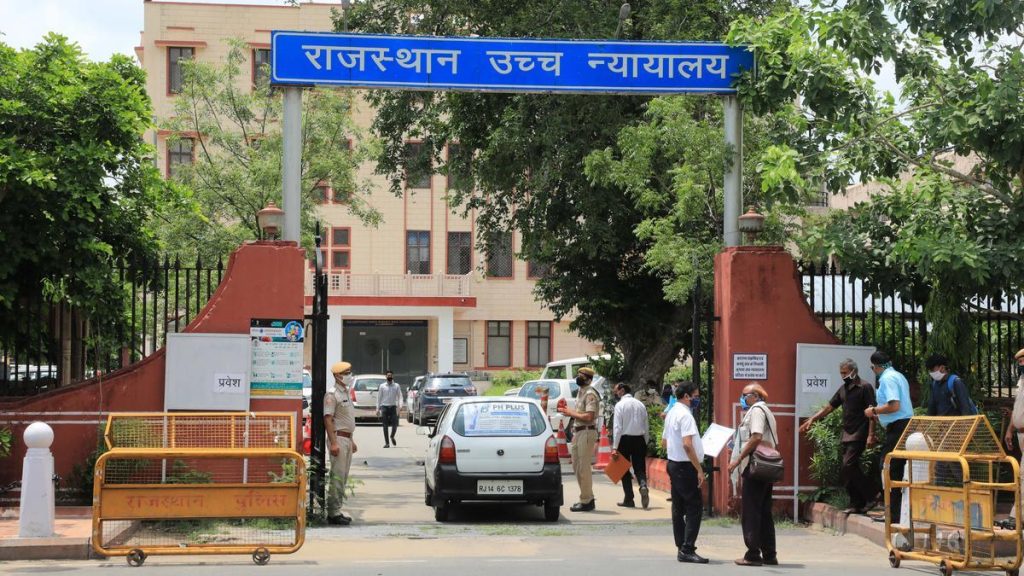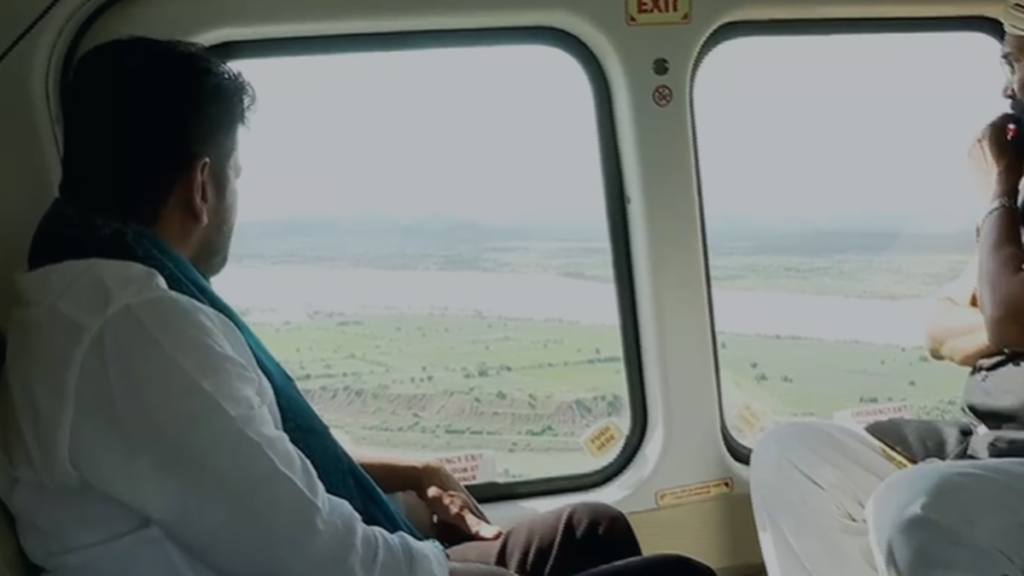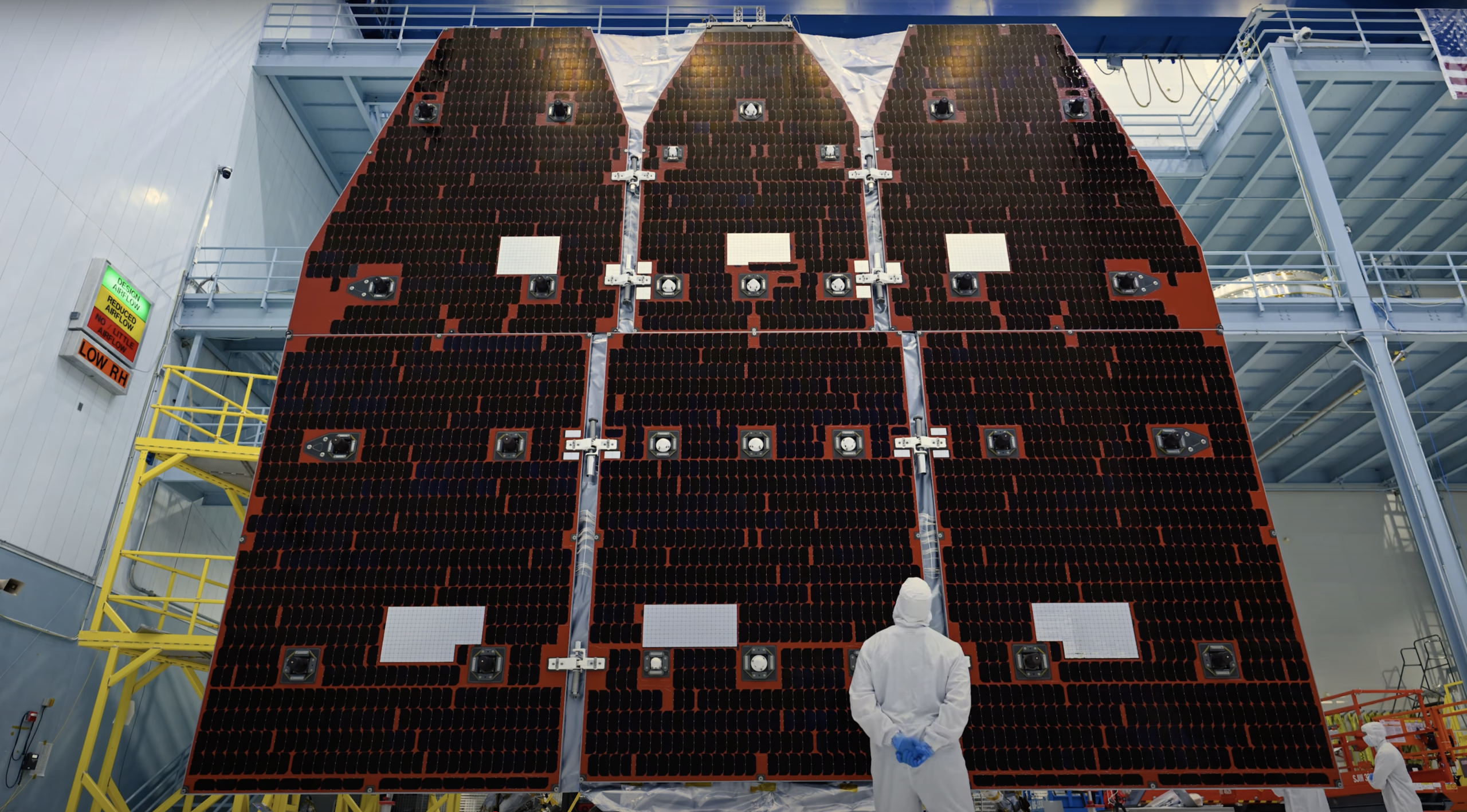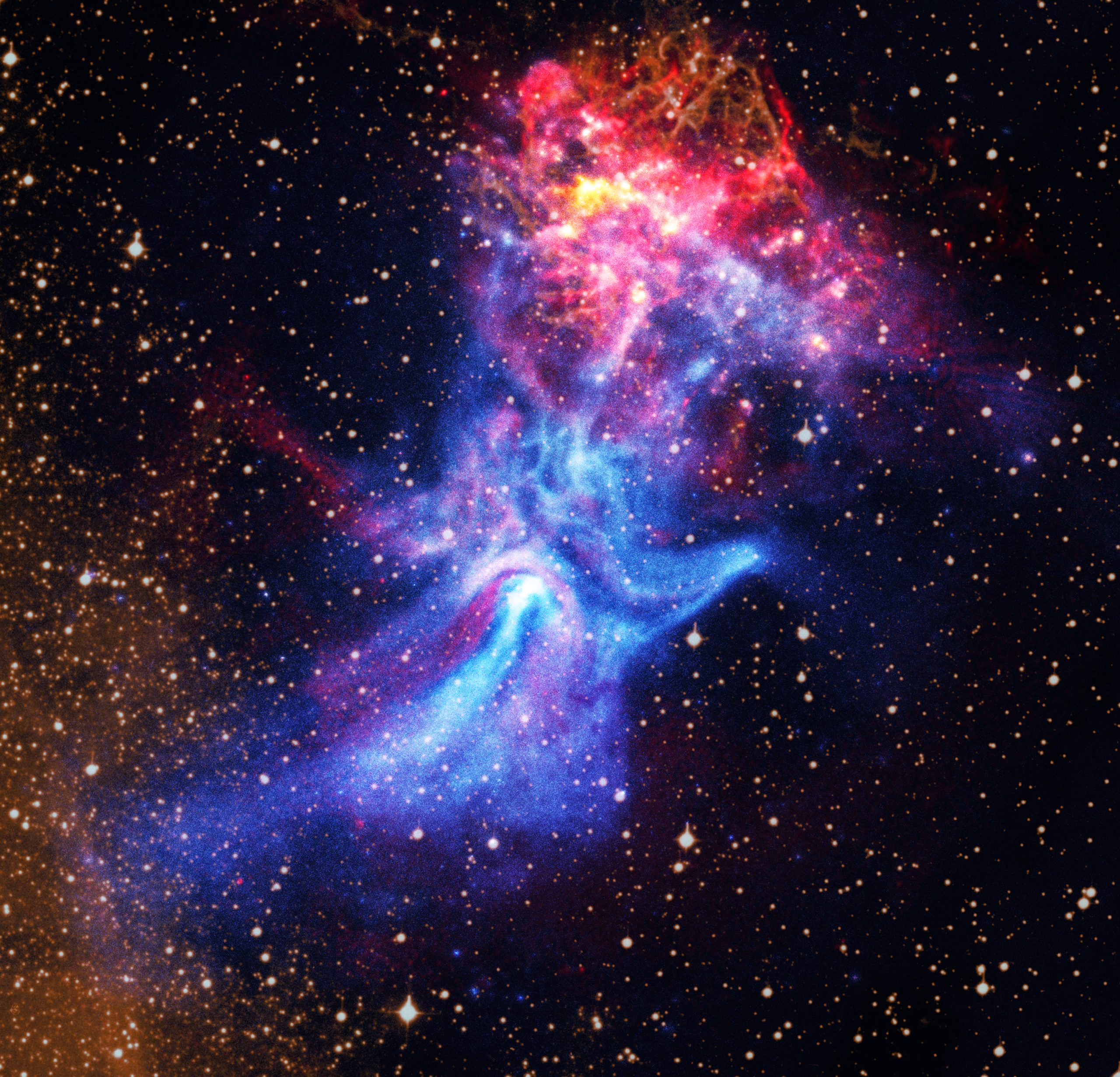Now Reading: NASA Stennis Emerges as Hub for Advanced Range Operations
-
01
NASA Stennis Emerges as Hub for Advanced Range Operations
NASA Stennis Emerges as Hub for Advanced Range Operations
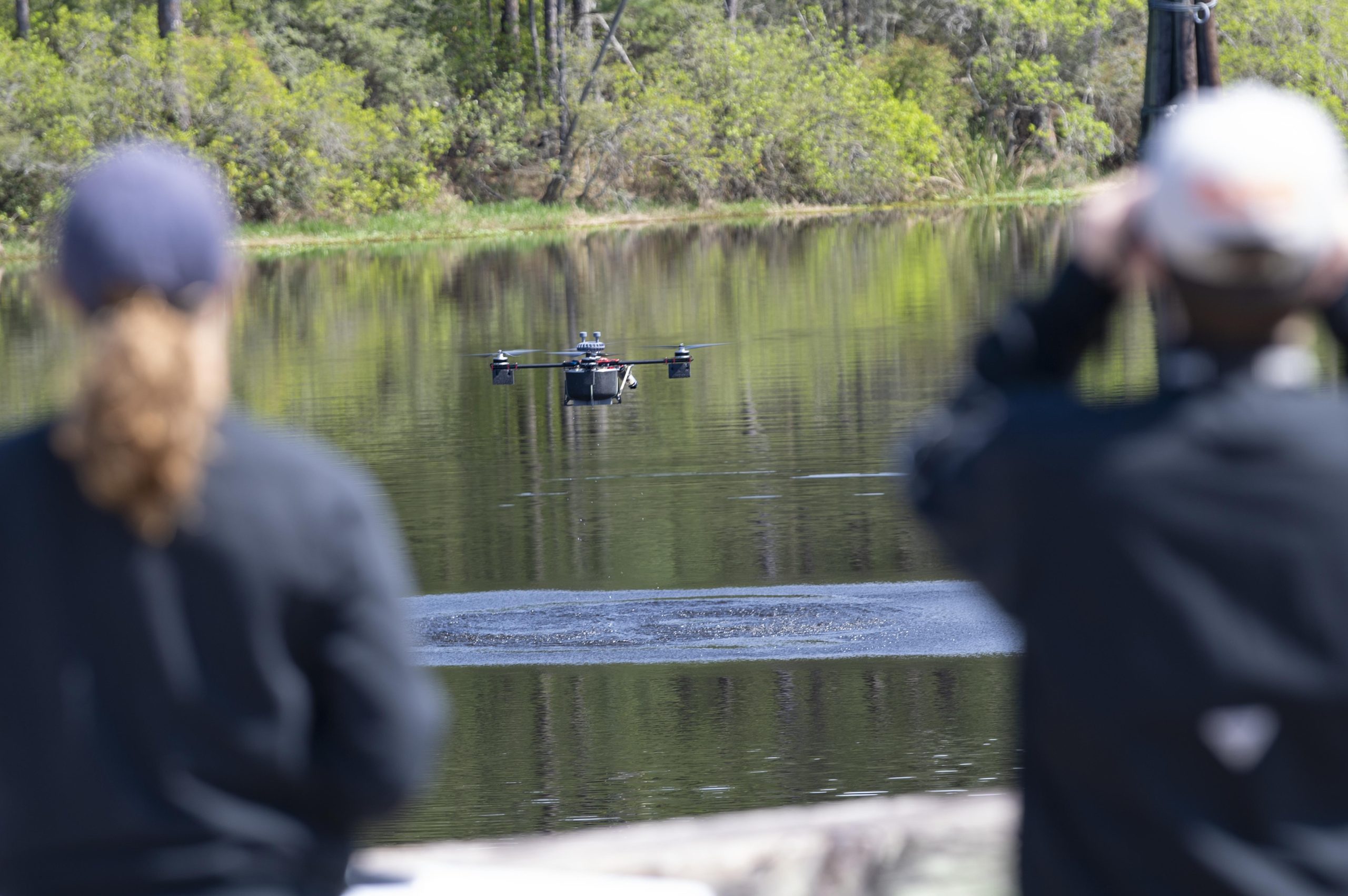
Quick Summary
- NASA’s Stennis Space Center in Mississippi is expanding capabilities beyond rocket propulsion testing to support terrestrial and unmanned systems exploration.
- the site offers layers of restricted airspace, a closed canal system, and acres of federally protected land for air, marine, and ground testing.
- In 2024, NASA Stennis entered an agreement with Skydweller Aero Inc. for flight testing autonomous solar-powered aircraft in its restricted airspace.
- The center operates two non-military restricted airspaces:
– Propulsion testing area: Up to 12,000 feet for rocket engines.
– Aircraft operations zone: Covers 100 square miles up to 6,000 feet with drone launch/recovery facilities across 15 acres.
- It features a controlled 7.5-mile canal system used by various marine platforms like underwater vehicles and surface vessels requiring safe environments for proprietary technologies testing.
- Situated on over 13,800 fenced-in acres surrounded by an additional acoustical buffer zone covering 125,000 acres of protected land leased permanently to perform noise-intensive tests safely without affecting surrounding populations.
- The facility hosts more than 50 federal, state, academic-private tenants while sharing costs and infrastructure across missions.
- A strategic plan (2024-2028) focuses on leveraging assets to support uncrewed systems’ development effectively via user-friendly ranges tailored cost efficiency operational alignment standards.
Indian Opinion analysis
The diversified focus at NASA’s Stennis Space Center represents a notable milestone in advancing both space-related research and terrestrial unmanned system technology. For India-a country aiming towards fostering growth within aerospace & autonomous technology hubs-lessons drawn toward large-scale facilities private corporations enable drives collaborating niche technological security-sensitive experiments robustly ought unlock further bilateral transcending collaboration opportunities between pioneering aerospatial industries intermediaries ultimately facilitating global scientific innovation footprint-strength methodology reliability stretching human possibilities boundaries lasting effects positively impactful futurimovement foreseeable evolutionary decade horizons emerging possibly additionally symbolic affirms bigger holistic sustaining continual traction-quality partnerships crucial outlook-cross domain endeavors cultivating planetary-scale breakthrough dynamics Read More:


